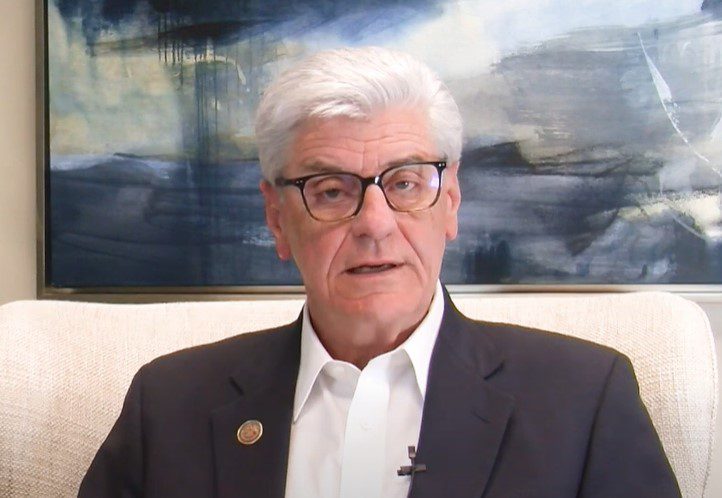
Sid Salter
- Columnist Sid Salter says the outcome of the 2024 election rides not on the actions in a Manhattan courtroom, but on which candidate can sway the apathetic to their cause.
The 34 guilty verdicts in the New York state court trial of former President Donald Trump on felony charges of falsifying business records of alleged “hush money” payments to an adult film actress as part of a scheme to influence the 2016 election has opened the floodgates on a river of partisan political hyperbole from both sides of the aisle.
Republicans, even former prosecutors who spent their careers defending the American jury trial system, are now decrying the Trump verdict as the result of a “rigged” trial that evolved out of a “weaponization” of the judicial system by Democrats. GOP voices also say the verdict virtually guarantees Trump’s victory in November as voters reject felony convictions.
Democrats, even some who defended former President Bill Clinton during the Monica Lewinsky episode, defend the New York state judicial system, the narrow legal theory that raised Trump’s crimes to felonies, and reject the notion that the convictions in any way enhance Trump’s electability in November.
Partisans on both sides argue passionately that the Trump verdicts will sway the outcome of the 2024 presidential election. With the stark division of the country over the 2024 election between President Joe Biden and Trump, some in these increasingly hysterical rants are talking in terms of the possibility of public unrest rising to violence up to and including civil war.
Those breathless reactions ignore some basic facts about the behavior of the American electorate. The most basic relevant point is that in the last presidential election in 2020 between Biden and Trump, one-third of eligible U.S. voters did not vote – yes, and that voter turnout was at a historic high.
The Census reported that in 2020, 159,633,396 Americans voted in the presidential election, the largest vote total in U.S. history. It was the highest voter turnout as a percentage of the voting-eligible population in 120 years at 66.7%.
The Stormy Daniels revelations broke in 2018 in The Wall Street Journal, a fact that tends to get lost in the partisan post-trial play-by-play. In the 2020 election, Biden won 81.2 million votes or 51.3 percent of the popular vote to Trump’s 74.2 million votes or 46.8%.
The Electoral College vote ultimately was 306 for Biden and 232 for Trump. Trump and his supporters disputed both popular vote and electoral vote outcomes. Biden took office on Jan. 20, 2021. Trump did not attend Biden’s inauguration.
So, what next? In 2024, the division in the country suggests that there will be another high voter turnout. But in March, the Pew Research Center reported that 26% of Americans have negative views of both Trump and Biden.
The Pew numbers showed 37 percent with favorable views of Trump, 34 percent with favorable views of Biden, and 26 percent with unfavorable views of both Trump and Biden.
The notion that Trump’s felony convictions and civil case loss coupled with his pending legal challenges are enough in and of themselves to sway the outcome of the 2024 election is ludicrous.
Voter participation in presidential elections was below 50 percent in the 1920s then climbed to around 60 percent during the Korean Conflict and stayed in that range until Watergate in the 1970s when voting dropped precipitously. The percentages didn’t get back to above 60 percent until 2004.
Since the 1920s, economic cataclysm, world wars, and profound episodes of government corruption made voting numbers rise and fall, yet victory in 2024 for both candidates lies at the incremental margins, the extremes and the fringes.
Where we are is that a third of eligible U.S. voters don’t care whether Trump or Biden is president and a fourth of Americans don’t want either of them in the Oval Office. Politicians on both sides may not like those numbers, but they reflect our current national reality.
The outcome of the 2024 election rides not on the actions in a Manhattan courtroom, but on which candidate, which party and which strategy can sway the apathetic, the disaffected and those who have lost all confidence in government to their cause.







